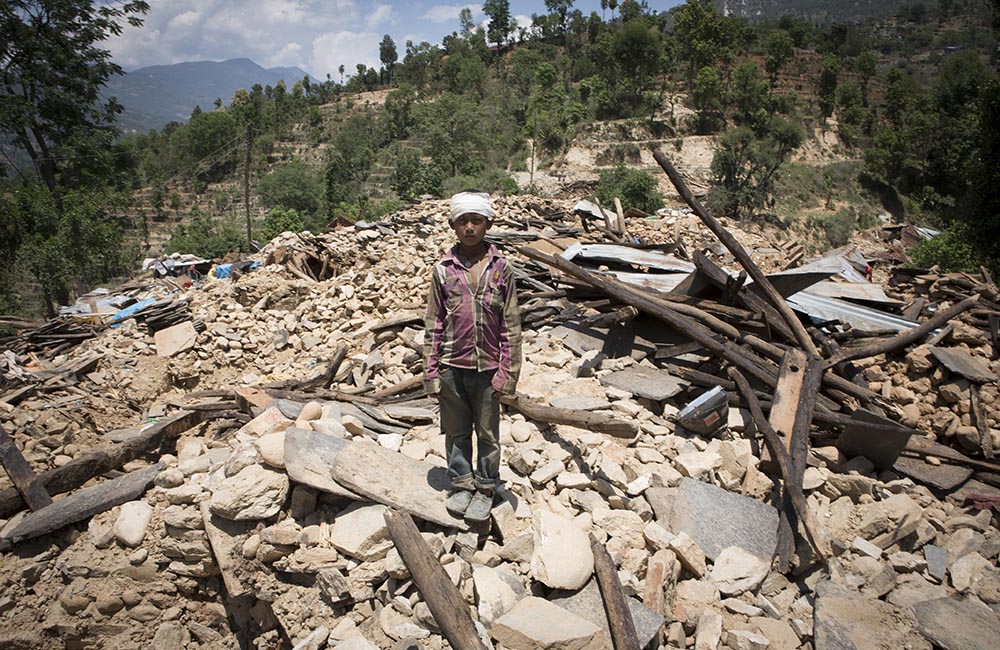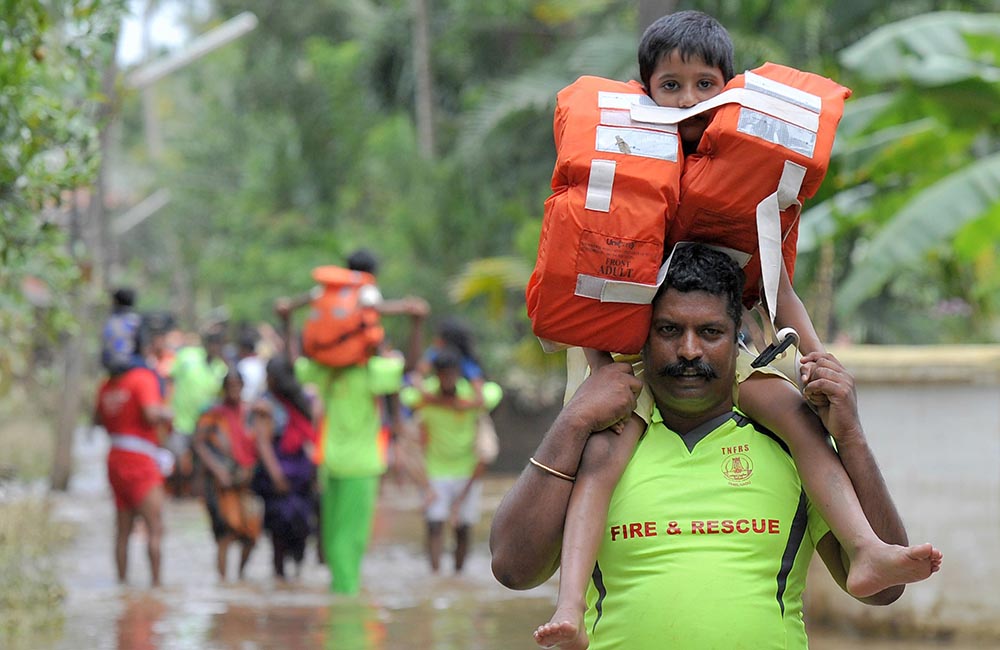Natural disasters appear to be increasing in frequency and severity.
According to the Red Cross, 2 billion people have been impacted by natural disasters over the past decade. A natural disaster scene often plays out on the news in a familiar way. A flood, hurricane, earthquake or tsunami is followed by the destruction of buildings, homes and human devastation often involving the loss of life. Stepping back from the heartbreak and emotional side of such events, a natural disaster is a major weather event resulting from natural processes of the Earth. Such examples include floods, hurricanes, tornadoes, volcanic eruptions, earthquakes, tsunamis, and other less common geological movements.

Image: Jonathan Hyams/Save the Children
When a natural disaster strikes and Save the Children are able to send a response team to the area, we provide people in the affected community with life-saving essentials, such as food, clean water, healthcare and shelter. We also establish child friendly spaces and temporary learning centres to ensure that children whose lives have been so dramatically impacted by disaster receive as little disruption as possible to their education in a safe and protected space.

Image: Manjunath Kiran/AFP/Getty Images
Often it can be difficult to prevent a powerful natural disaster from doing its damage, but with careful planning and the right skills, work can be done in advance to minimise the destruction. Save the Children works extensively with climate-vulnerable communities in the Asia Pacific region to help withstand the impacts of climate change and disaster.
Read more on our climate change adaptation and disaster risk reduction work.